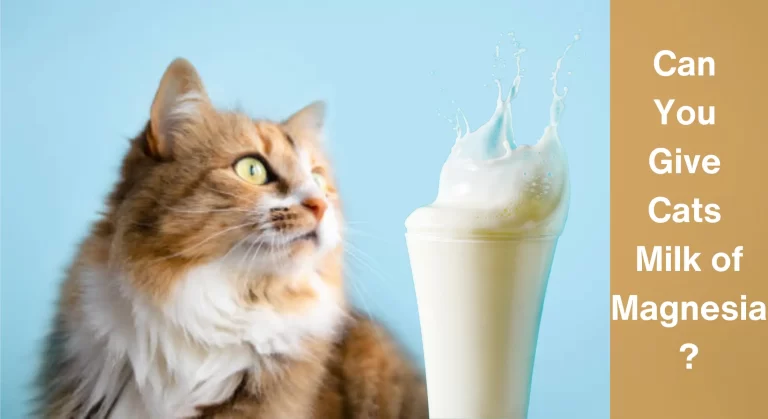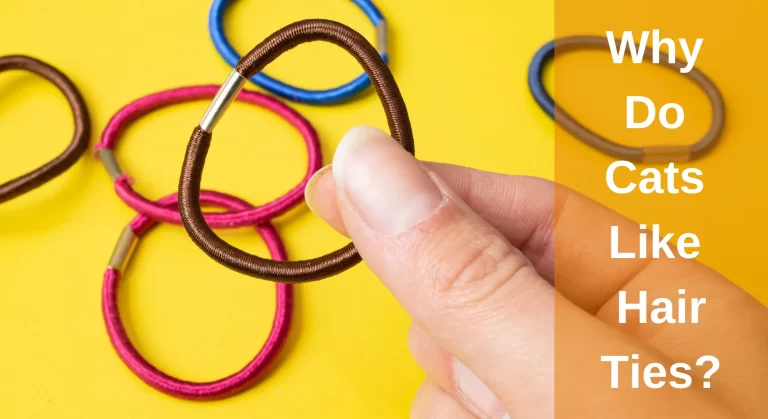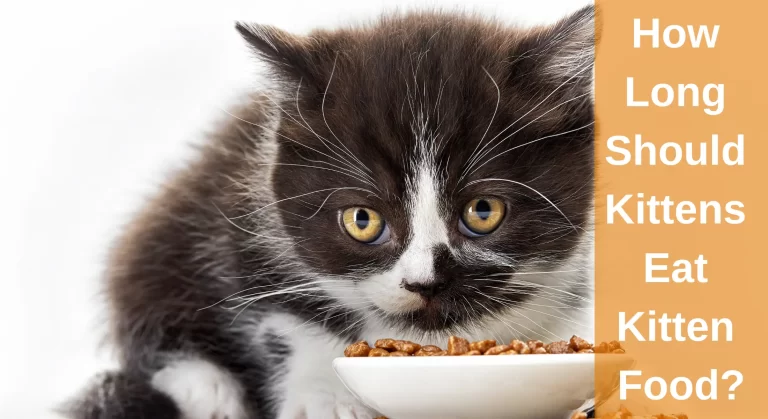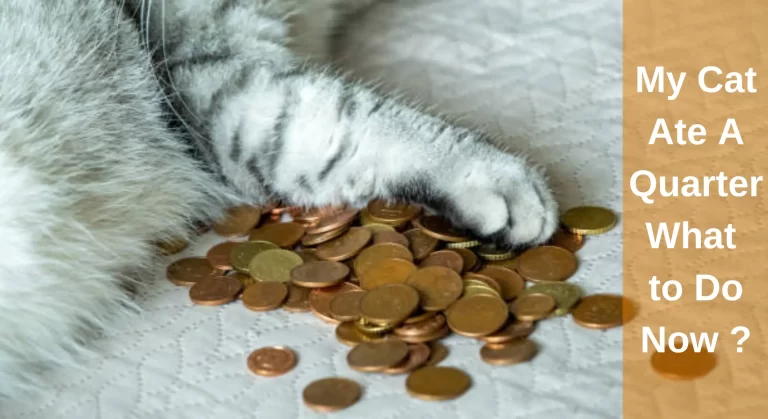Why Is My Cat Throwing Up Hairballs Daily? And How to Stop It
Cat parents are very familiar with hairballs; their furry friend coughing up a hairball is no new thing for them. Felines have a dry, rough tongues with small hook-like structures on them. While grooming, loose hairs get caught up in these hooks and swallowed by your pet. This is a natural process, so your furry friend can pass out some hair from their system. However, sometimes they clump into a big ball and are coughed up instead.
It is concerning, however, when the frequency of your cat coughing up hairballs increases. If this is a daily occurrence or a cat throwing up hairballs daily, your vet should have a look at your pet.
In this article, I will talk all about the nitty-gritty of hairballs, what is normal, what is not and how you can help your cat.
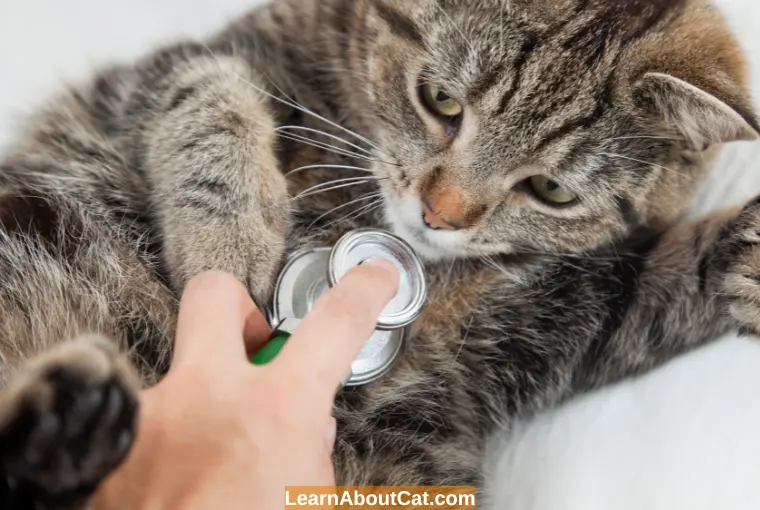
What Are Hairballs in Cats?
Hairballs are coughed up clumps of ingested coat hair. Cats obsessively groom themselves; while grooming, loose hairs get caught in their sharp tongues and are swallowed. Felines have digestive systems to cater for this, so a reasonable amount of hair can be passed through their gut with no problem. Sometimes, these hairs clump up and form a ball in the intestine. The technical term for this is “trichobezoar”. This trichobezoar attracts saliva, digestive enzymes and undigested food material and grows in size.
If this gets too big to be passed through their poop, their gut will go the opposite direction, and your cat will vomit up the contents as the well-known “hairball”. They can range in size from one to many inches in length, and they are typically cylindrical in shape.
Are Hairballs Normal in Cats?

This depends on the frequency of hairballs your cat is throwing up. It is nothing to worry about if your cat throws up a hairball every week or two.
As mentioned earlier, cats have digestive systems adapted to deal with loose hair that is swallowed during grooming. Most of it is passed through its faeces; however, if it becomes too big to be passed out the back exit, your cat’s gut will work in reverse to regurgitate its contents instead. This defensive mechanism prevents obstruction in your feline’s alimentary canal.
Some cats throw up more hairballs than other cats. This depends on the breed. Some longer-haired breeds like the Persian cat, Maine moor and Ragdoll have a coat of long hair. Longer hair has a higher tendency to tangle and create hairballs in the digestive tract. Alternatively, short-haired breeds like siamese cats face this problem less commonly.
Similarly, hairballs are more common in warmer months. Cats shed their excess hair for a better thermoregulation. As extra shedding takes place, your pet will also swallow more hair, resulting in more hairballs.
Regardless of the above factors, throwing up too many hairballs is not normal. If your cat is passing more than one hairball each week, schedule a visit with your veterinarian right away.
Find Out: Why Is My Cat Throwing Up Bile for Days?
Why Is My Cat Throwing Up Hairballs Daily? Reasons Explained
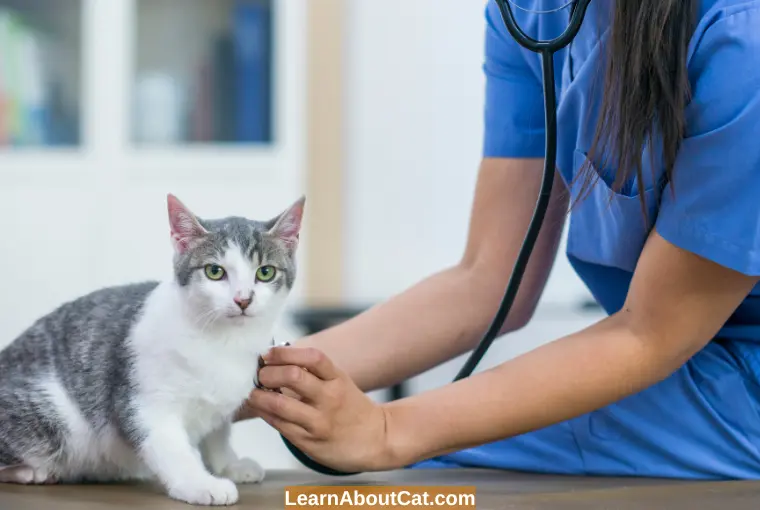
Throwing up hairballs every day is not normal at all. It indicates that there is a digestive tract issue with your cat. If your cat is coughing up hairballs more frequently than once per week, you should take them to the vet. The following are some reasons your vet might diagnose:
1. Skin Allergies
Skin allergies can also cause increased hairball throw-up in cats. Allergies flare up when the immune system of your pet recognizes a foreign substance as a threat, causing the release of histamine, a compound that causes rashes, inflammation and redness of the skin. Your pet will scratch and over-groom its skin to relieve itchiness, but this will cause breakage and more hairballs than usual. Your cat can be allergic to anything, from food like beef and chicken to environmental allergens like pollen and dust. They can also be allergic to fleas.
You will need to eliminate the allergen and take a trip to the vet. Your vet will prescribe necessary precautions, topical steroid cream and an oral antihistamine for your beloved furball.
2. Inflammatory Bowel Disease
Inflammatory bowel disease or IBD is a condition where the walls of the intestine become puffed up, raw and thickened, due to which its function is affected. The thickened wall affects gut function and prevents proper digestion and absorption. It is caused by a pathological immune response against a foreign agent, for example:
- A non-edible ingested object
- Sensitivity or allergy against certain foods
- Reaction against bacteria in the intestine
- Injury to the gut
Because the intestine’s normal abilities are impaired, it is not able to clear out hair like it normally does, causing your cat to throw them up instead. Your pet might be experiencing other gastrointestinal issues like diarrhoea, vomiting, loss of appetite, weight loss and lethargy. If you suspect IBD, you should visit the vet. Your vet will examine your cat and take a few samples to confirm the diagnosis.
Also Read: Why Is My Cat Throwing Up Food But Acting Normal?
3. Worms
Intestinal worms can cause your cat to throw up. This is because the worms live inside your pet’s gut and cause severe gastrointestinal problems like vomiting, diarrhoea and lethargy (as they leech off of your cat). The following are some types of worms that your cat could have:
- Hookworms: Hookworms are hook-shaped parasites that attach to the lining of your feline’s intestine and feed off its blood. They are less common than other worms. Cats living in inadequately sanitized areas and crowded environments get these often.
- Roundworms: Roundworms are the most common type of worm that your cat can have. Unlike hookworms, they are free moving, meaning they do not attach to the lining of the intestine and freely float in your pet’s gut. They can also be passed to kittens via their mother’s milk.
Because worms cause intestinal issues, they prevent the gut from dealing with ingested hair, as usual, causing vomiting of hairballs instead. If you suspect your cat has worms, you need to deworm it.
Check Out: How Long After Deworming A Cat Are The Worms Gone?
4. Fleas, Ticks and Mites
When your furry friend is infected with parasites in their coat, they bite into the skin of your pet, causing itchiness, irritation and scabbing. Your cat will over-groom their coat in an attempt to relieve itself of the itchiness. Because of over-grooming and scratching itself with its claws, your pet loses a lot of hair. This hair is ingested during grooming, and excess hairballs result.
If you notice the following signs, there is a good chance your cat has fleas:
- Excessive itching and scratching
- Restlessness
- Black spots in the coat
- Red lesions and scabs
- Pale gums
Other parasites present in the same way and cause the same problems. You will need to take your furry friend to the vet to get a prescription for topical flea medication and perhaps an Elizabethan cone to prevent grooming and hairballs.
Interesting Reading: Why My Cat Has Scabs on Its Neck But No Fleas?
5. Stress
Cats groom excessively to gain some comfort if they are psychologically stressed. This over-grooming causes breakage of hair from their coat and ingestion of this excess hair, causing the throwing up of more hairballs. Other signs of stress in your feline include:
- Hiding and avoiding people
- Increase or decrease in appetite
- Sleep disturbances
- Pooping outside the litter box
Cats are comfortable in routine and familiarity, so any changes in their environment can cause them to stress out. If construction occurs nearby, an addition of a new family member, or a change in their food or bedding, it can easily cause them to spin out of control. Identifying triggering factors and minimizing them can help your feline calm down. If this doesn’t help, your vet will have to prescribe your pet anti-anxiety medication.
Hairballs vs Vomiting in Cats
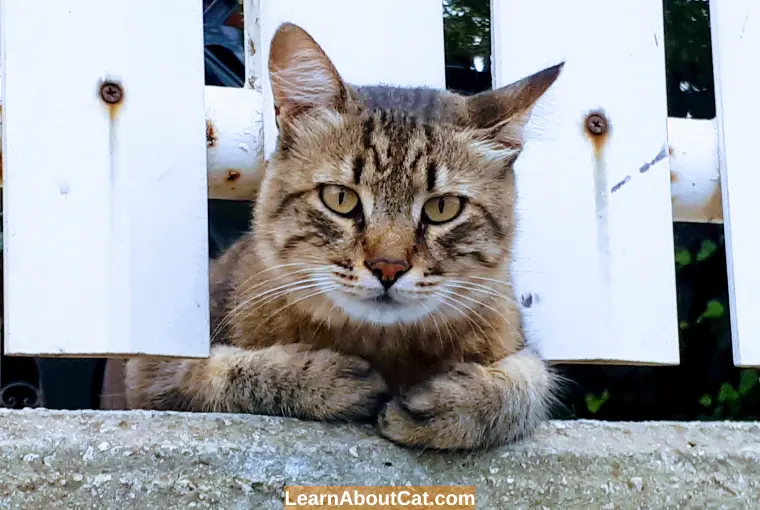
It is important to be able to tell the difference between hairballs and vomiting so you can accurately describe to your vet what is happening. Hairballs are more compact and tubular in nature as they were forced up your cat’s narrow alimentary canal. They contain mostly hair, along with some mucus and digestive juices. Vomit is more liquid and soft and contains undigested food and digestive enzymes. It does not have a definite shape like hairballs do.
How To Prevent Hairballs in Cats?

Here are some ways to prevent your cat from forming and coughing up hairballs:
1. Frequently Brushing Your Cat
The easiest and most effective way to prevent hairballs is by regularly brushing your cat’s coat. By brushing through your cat’s coat, you catch dead and loose hair in the brush, preventing them from going inside your cat’s stomach. With less loose hair while grooming, fewer hairballs will form.
2. Water Intake
Increasing your pet’s water intake can result in a more luxurious and strong coat. The better the condition of your cat’s hair, the less chance of it falling out, and if it does fall out, water helps lubricate the hair, allowing it to pass freely through the alimentary canal without being coughed up.
3. Your Cat’s Food
If your cat is on low-quality dry kibble, it does not contain the necessary nutrients to meet your pet’s requirements. Protein is essential for structural development in your cat’s body, so the first thing it starts losing in case of a protein deficiency is its hair, increasing fall out even more. Additionally, healthy fats like omega 3 are required for strong hair follicles, without which hair will fall out. Increased shedding will only result in more hairballs while grooming. Some manufacturers produce a “hairball” formula with high fibre content. The fibre allows hairballs to pass through the gut easily.
Also, Check Out: Why Is My Cat Keeps Gagging But Nothing Comes Out?
4. A Mild Laxative
If the problem is excessive, you can ask your vet to prescribe a mild laxative specifically for cats. The laxative will increase the water content in its gut and allow for the smooth passing of hair through its stool.
5. Engagement and Activity
Sometimes cats groom simply because they have nothing better to do. Providing them with playful opportunities will subside their boredom and stop them from unnecessarily grooming. You can arrange different toys for your cat to interact with, like feather wands, laser pens and many more.
Frequently Asked Questions
The Bottom Line on Cat Throwing Up Hairballs Daily
If your cat throws up hairballs daily, you need to take it to the vet. Regardless of any normal factor that might increase or decrease shedding, throwing up more than one hairball per week is not normal.
Your vet may diagnose Inflammatory bowel disease, skin allergies, worms, or fleas. Additionally, your cat may be stressed, which increases shedding and, as a result, hairballs. Brushing your cat regularly can help, along with high-quality cat food and cat toys. With the above-recommended advice, your cat will benefit from fewer hairball throw-ups and a healthier lifestyle overall.
Who is Isabella?
My name is Isabella, and I am a dedicated and knowledgeable cat enthusiast. With years of experience caring for cats and a deep love for felines, I made a mission to help other cat lovers navigate the challenges of cat ownership.

